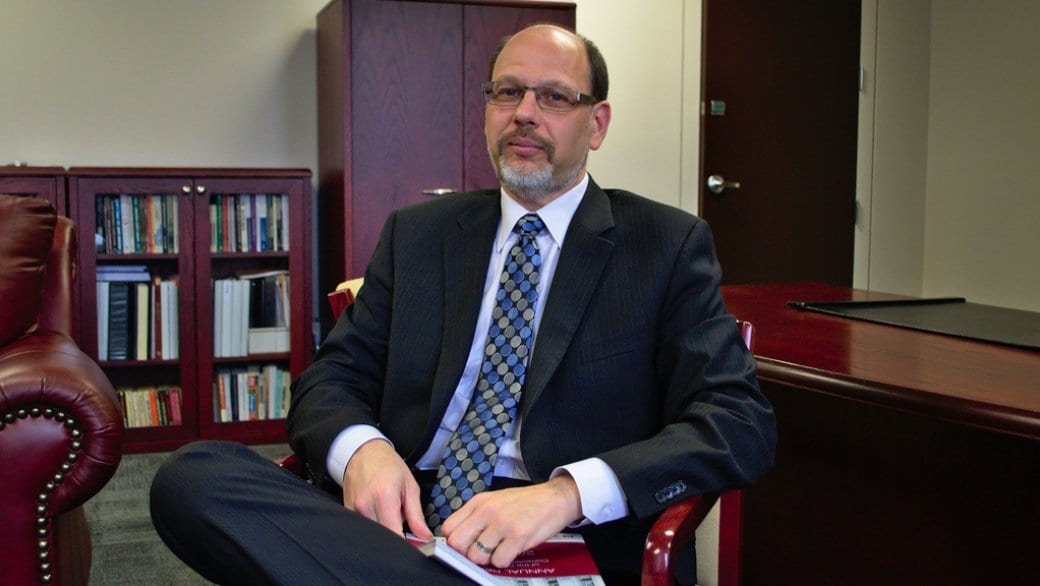Canada’s federal prison system could soon scrap a longstanding policy of housing trans and intersex offenders based on their genitalia while effectively barring them from gender-confirming surgeries, Xtra has learned.
Since at least 1999, Correctional Service Canada (CSC) has sorted trans inmates who haven’t transitioned based on their genitalia.
CSC’s current “gender dysphoria” policy allows for hormone therapy. However, it restricts gender-confirmation surgery to those who have spent “12 continuous months in an identity-congruent gender role,” while only counting months prior to their incarceration.
But that will likely change soon. In an email to Xtra, CSC spokesperson Lori Halfper says the policy “is currently being reviewed after recent consultations,” including the clause that jail time doesn’t count towards the 12 months. “The revised guideline should be finalized and published this winter,” Halfper writes.
The news comes amid an investigation by the Canadian Human Rights Commission. In December 2015, the West Coast Prison Justice Society filed a human-rights complaint alleging the policy was leading to rapes of transgender inmates. The commission previously referred a similar case to its tribunal, which ruled in 2001 that the policy was discriminatory.
Since March 2003, the prison service’s policy has been to provide surgeries when qualified doctors deem them necessary — though only when an inmate has spent a year outside jail living as their self-identified gender.
Correctional investigator Howard Sapers called on the government to end the policy in his recent annual report, saying it is “outdated and puts this group at elevated and unnecessary risk” for “sexual harassment or assault.”
In an interview with Xtra, Sapers says he has occasionally heard from trans people who hadn’t transitioned and who felt their safety was at risk because they were housed based on their sex assigned at birth.
“The numbers aren’t big, but that doesn’t mean that it’s insignificant,” says Sapers, who ends his term at the end of 2016. “The conditions of incarceration aren’t supposed to be the punishment. The punishment is the incarceration; the punishment is the removal from the community.”
Sapers says he’s aware of a few prisoners who did undergo gender-confirmation surgery while in prison during his 12-year term, but said it’s a rare occurrence. In 2010, the Conservative government unsuccessfully tried to stop all federal funding for such surgeries.
Beyond surgeries, Sapers says some trans people find a supportive community that nurtures their transition, while others experience so much bullying and harassment that they fear for their lives. “No matter who you are, incarceration can be crushing, in terms of your sense of self, your identity, et cetera. Some people that work in the system are more attuned to that than others.”
But Sapers says he’s alarmed by a rise in segregation, including for gender and sexual minorities — often by their own choice.
In federal prisons, segregation is supposed to be used sparingly, and only for three reasons: punishing inmates who break prison rules, to protect prisoners at risk and to preserve the integrity of ongoing investigations.
“[Yet] what we find is people who are challenging, who are vulnerable, who are difficult to manage — who are even just unpopular due to their bizarre behaviour or personal hygiene habits — will be segregated,” Sapers says. “Included in that are people who are segregated because of their sexual orientation or sexual identity; the idea being because it was for their own good.”
Sapers says he’s also seen trans people and gay men choosing to spend weeks in isolation, and prison officials failing to ask why they feel unsafe.
Scott Bardsley, a spokesman for Public Safety Minister Ralph Goodale says CSC is currently monitoring Bill C-16 — which is on track to add gender identity and gender expression to Canada’s human-rights legislation — to see if it requires a change in federal prison policy.
CSC houses all adult Canadians serving sentences of two years or more, representing about 40 percent of the almost 40,000 adult prisoners in Canada. The rest are in provincial and territorial jails, including people awaiting a trial or serving community sentences. Ontario and British Columbia jails have sorted inmates based on their self-identified gender since 2015.

 Why you can trust Xtra
Why you can trust Xtra


